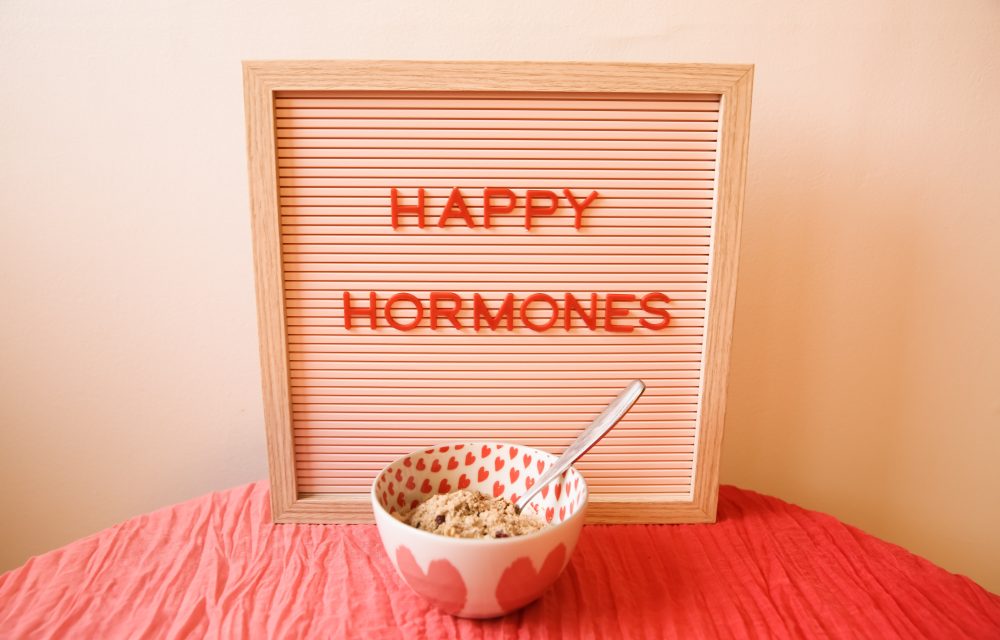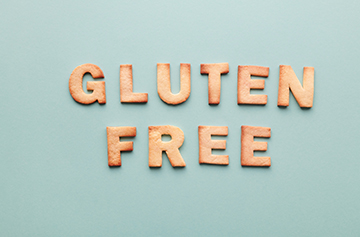Is My Weight Loss Goal Realistic?
Success starts with setting a goal. It should be exciting but also realistic. At TeamWorX in Alexandria, VA, we can help you with fitness and weight loss goals. Setting expectations too high can be unhealthy if you achieve it and defeating if you don’t. To lose one pound, you need a deficit of 3500 calories. You can increase your calorie output by exercising and reducing your intake with a healthy diet to achieve that.
The number of calories you burn depends on age, weight, activity level, and gender.
Men burn more calories than women do. Adults 30 and under and teens burn more calories daily than older individuals. Active people burn more calories than sedentary ones. An average, extremely active woman burns 2400 calories a day. An average extremely active man burns 3,000 calories. If an average woman changed from a sedentary lifestyle to an extremely active one and ate nothing, her maximum calorie deficit per week would be 16,800. The most she could lose would be 4.8 pounds weekly. Eating nothing isn’t sustainable or healthy. A healthy option would be reducing calorie intake by 500 calories daily and boosting output by 500 calories daily. It would lead to a two-pound loss per week.
How much weight do you want to lose?
Deciding the amount of weight to lose also needs to be realistic. The amount you should weigh will vary by gender, build, amount of muscle, and age. If you’re a 30-year-old 5’6″ female who is muscular with broad shoulders and a large who lacks muscle. Once you find your ideal weight, subtract it from your present weight and divide it by the number of pounds you intend to lose weekly. That’s how long it will take you.
To have lasting results you have to change your habits.
Most people want to change their weight faster than a slow but steady technique provides. You can crash diet, but the lost weight returns when you revert to old eating habits. It took a long time to develop the habits that added the extra weight. It will take a while to break those habits and lose the weight. Once you do change habits, you’ll never have to lose weight again.
- People who are obese may have better weight loss results initially. The more you weigh, the more calories you’ll burn. You’re carrying extra weight every minute of the day, if you carried a five to ten-pound dumbbell everywhere you went, you’d also burn more calories.
- Track your progress. Winners keep score. Track your weight loss, measurements, and progress in the gym. If you can do more sets, lift heavier weights, or do an exercise you couldn’t do before, you’re also making progress.
- Be realistic and understand you can’t change some things. Having a healthy and attainable body image to strive for is vital. If you’re large framed, you’ll never have a petite look, just like someone with size 9 shoes will never wear a size 3 no matter how much weight they lost.
- Our trainers will help you set a healthy goal and break it down into mini goals you can achieve each week. We also provide nutritional advice and meal plans to help you lose weight easier.
For more information, contact us today at Team Worx Fitness










 It’s never too late to start a new good habit or to make a resolution. If you find that you seldom drink water, maybe it’s time to include more water in your future. Severe dehydration has dire effects, but even mild dehydration can take its toll. Your energy level drops, you might get a headache or even search through your refrigerator for something to eat, since the body often mistakes thirst for hunger.
It’s never too late to start a new good habit or to make a resolution. If you find that you seldom drink water, maybe it’s time to include more water in your future. Severe dehydration has dire effects, but even mild dehydration can take its toll. Your energy level drops, you might get a headache or even search through your refrigerator for something to eat, since the body often mistakes thirst for hunger.